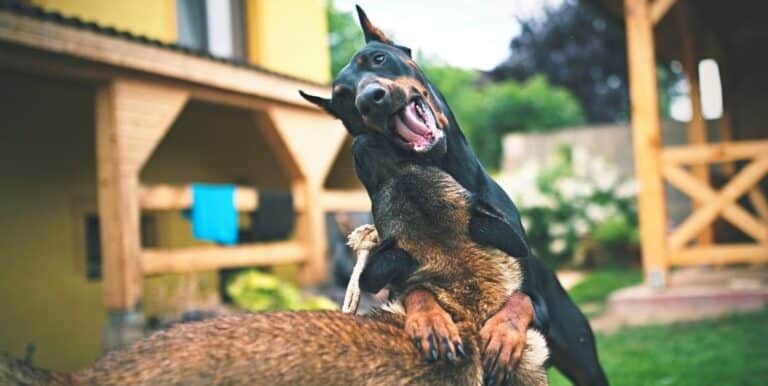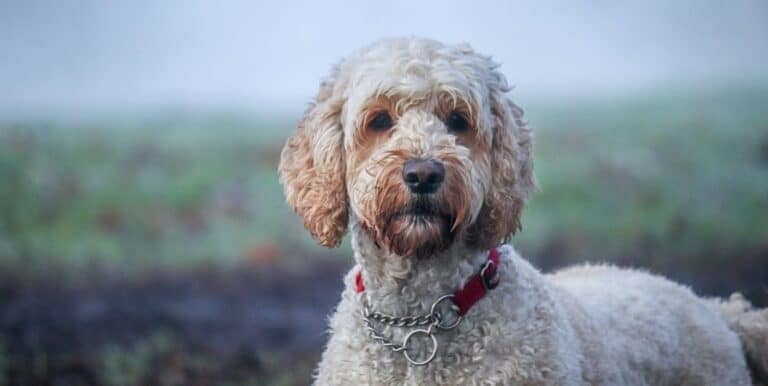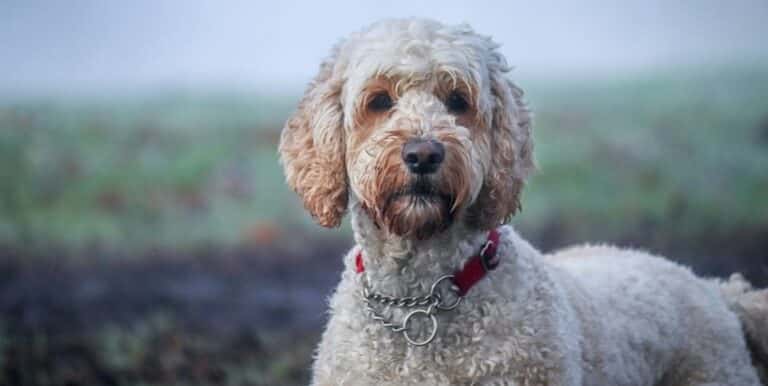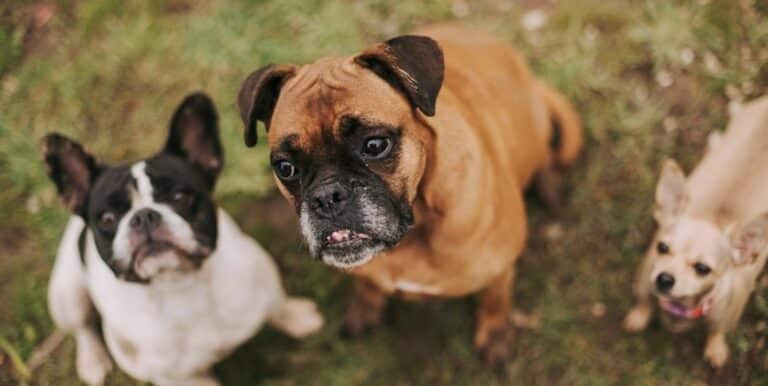What are Some Types of Hunting Dogs?
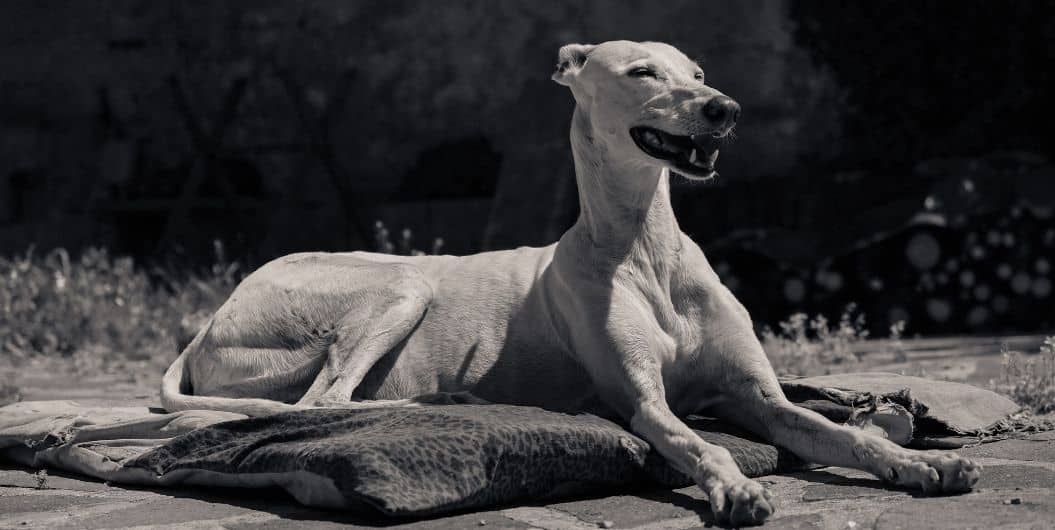
There are five main types of hunting dogs: hounds, gun dogs, terriers, curs, and feists. Not all of these types of hunting dogs are used throughout the world. Feists, for example, tend to be found primarily in the United States, especially in the Southern States. However, all of these types have ancient lineages, and they have been bred for centuries to assist humans with hunting tasks, as ample written and painted evidence attests.
Hunting dogs are working dogs with both breeding and training which makes them suitable for use in hunting. Depending on the type and the specialization, hunting dogs help to find and flush prey, retrieve downed prey, track prey, or participate in the takedown of prey. Around the world, numerous kennel clubs and associations are dedicated to hunting dogs and to the preservation of hunting heritage.
Hounds can be subdivided into two categories: scent hounds and sight hounds. Scent hounds are trained to follow prey by scent, and they have been bred to have an excellent sense of smell, along with determination and stamina. Some examples of scent hounds include bassets, beagles, and coonhounds, among many others. Sight hounds like whippets, Borzois, and Afghan hounds identify and track prey by sight. Some hounds have been bred for both traits, or as mixed purpose working hounds known as lurchers.

Gun dogs can also be broken up into several categories. Retrievers are trained to recover prey which has been downed, with water dogs like poodles and Labradors being bred and trained to recover prey such as ducks and geese from the water. Pointers track prey and “point,” adopting a specific physical stance to indicate the presence of prey, while spaniels track and flush prey for their masters. Setters can find prey, adopt a pointing position, and flush when ordered to do so.
Terriers are bred and trained to pursue small mammals, mostly underground. These hunting dogs can track foxes, rabbits, and other small mammals both under and above ground, in contrast with feists, which are used to track and catch small prey exclusively above ground. Curs are adapted to chase and attack large prey, and they have historically been used as fighting dogs. Both feists and curs tend to be mixed breeds, bred for function rather than looks.
Many hunting dogs have become popular among people who do not hunt as pets and show breeds. Among hunters, this practice has met with a mixed reception. Some people feel that breeding hunting dogs with traits desirable in pets and show animals may weaken the hunting lineage. Others believe that hunting dogs are fundamentally working animals, and that they may grow frustrated with life as pets, although some hunting dogs like Irish setters, Beagles, and spaniels make great pets.

